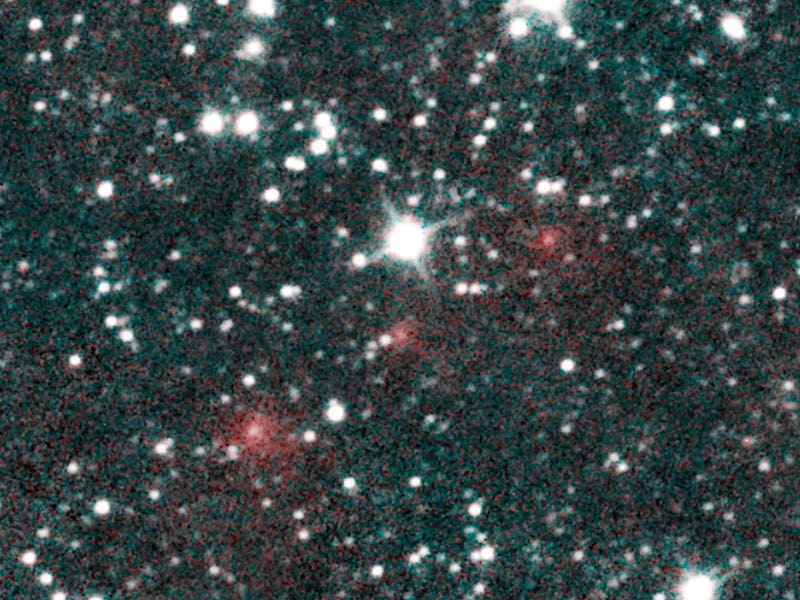5 stunning pictures of comet NEOWISE, and how you can catch this spectacular light show
Sky enthusiasts across the world are sharing in this comet's journey through outer space.

On March 27, 2020, NASA's Near-Earth Object Wide-field Infrared Survey Explorer (NEOWISE) mission spotted a friendly visitor in the skies.
A bright, fiery comet soaring through the inner Solar System was dubbed NEOWISE, or officially recognized as C/2020 F3.
The comet flew past the Sun on July 3, and has since been visible in the night skies to the naked eye. Sky gazers across the world have captured snippets of the comet's journey as it travels through our orbital neighborhood before continuing onto outer space.
And you still have a chance to view this light show in the skies, one of the best viewed by us Earthlings in a decade.
You can see this comet high in the sky at dawn on Saturday, July 11. In the days after, through July 15, it will be visible closer to the horizon each day and just after sunset.
Comets are icy bodies of frozen gas, rock, and dust, material that likely dates back to the formation of the Solar System. NEOWISE's nucleus is covered in sooty, dark particles that were leftover from 4.6 billion years ago as it formed near the Solar System, and it stretches about three miles across.
As comets travel closer to the Sun, they increase in brightness. The heat from the star causes them to burn, which in turn causes a glow. The heat also turns some of the material into gasses and the radiation from the Sun pushes some of the dust to create that familiar comet tail that trails behind the main body.
Composite of several heat-sensitive infrared images taken by the NEOWISE mission that show comet NEOWISE appear as fuzzy red dots.
Comet NEOWISE cruised within Mercury's orbit on July 3, making its closest approach to the Sun as close as 44 million kilometers to the surface of the star.
Not all comets survive this journey. The Sun's powerful gravity can weaken them, breaking them apart as they draw near. We already saw that happen with Comet ATLAS earlier this year, which was also predicted to become visible to the naked eye. Therefore, sky enthusiasts were naturally skeptical as they had been scorned before.
However, much to their delight, NEOWISE persevered and survived this rather intense encounter with our host star.
"In its discovery images, Comet NEOWISE appeared as a glowing, fuzzy dot moving across the sky even when it was still pretty far away," Amy Mainzer, NEOWISE principal investigator at the University of Arizona, said in a statement. "As soon as we saw how close it would come to the Sun, we had hopes that it would put on a good show."
NEOWISE emerged from its stellar rendezvous brighter than ever, dazzling stargazers with its glowing beauty.
The comet is visible to the naked eye, but a handy pair of binoculars will provide a better view. By mid-July, comet NEOWISE will be visible at dusk just after sunset, appearing low in the northwest horizon, according to EarthSky.
Skywatchers need to face east where they will see Venus appear as a very bright star, and then look towards the planet's left. Towards the left is another bright marker in the night sky, the star Capella. Comet NEOWISE will be visible just below Capella and will be moving towards the north each day, EarthSky noted.
Astronauts on board the International Space Station, which orbits around 250 miles above Earth, captured this view of Comet NEOWISE right above Earth's horizon on July 5.
Astrophotographer Kerry Lecky Hepburn captured this stunning view of comet NEOWISE above the city of Toronto, Canada on July 5.
Comet NEOWISE shines over Lebanon in this image captured by astrophotographer Maroun Habib.
This video captures the movement of comet NEOWISE in the early hours of dawn on July 9.
The Lick Observatory's staff astronomer Elinor Gates captured this image of NEOWISE soaring in the northeastern sky before dawn on July 7.